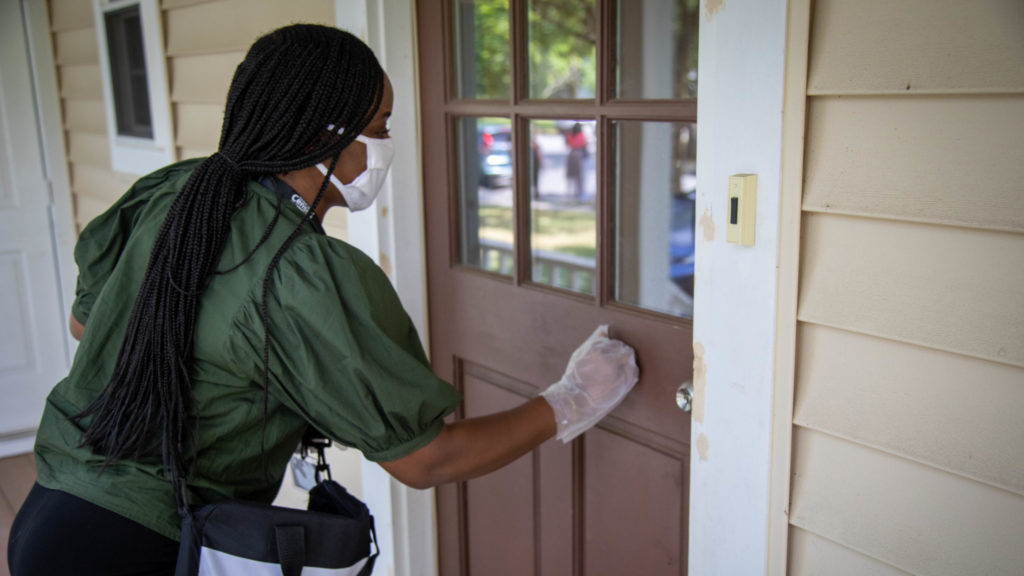Photo via U.S. Census Bureau
The FWD #160 • 430 Words
Growth, diversity, and… uncertainty? Here’s what we know from the 2020 Census.
On August 12, the Census Bureau released the first big batch of data from the 2020 Census. These results give us the first glimpse at how Virginia—and our neighborhoods—have changed over the last decade.
But this latest census is unlike any other, and not just because it took place during a global pandemic. Here are ten things we think you should know about the 2020 Census:
1.
For the first time, Census results were produced using “differential privacy.” This technique adds artificial noise to data at small geographies to reduce the likelihood of respondents being matched with personal information.
2.
Many researchers and Census advocates have pointed out major flaws in the Bureau’s implementation of differential privacy. For example, that the risk of “unmasking” private data has been greatly overstated, and that the added noise makes neighborhood-level data very unreliable for research.
3.
In short, this new change means that Census data for geographies within states (localities, tracts, block groups, and blocks) are not guaranteed to be accurate. However, counts for cities, counties, and towns with larger populations are probably pretty close to actual numbers.
4.
Between 2010 and 2020 Virginia added more than 653,000 new people. Our total population is now 8,654,542. Our 7.9% growth rate was above the national average of 7.4%, but behind our 2000-2010 rate (13%). In fact, growth over the last decade was the second-slowest period in American history.
5.
Virginia is adding people faster than homes. Since 2010, the state’s housing inventory grew by just 7.5%.
6.
The three fastest growing localities are all lower-density suburbs: Loudoun County (+35% since 2010), New Kent County (+25%), and Stafford County (+22%).
7.
The three fastest shrinking localities are all far southwest: Buchanan County (–16% since 2010), Lee County (–13%), and Wise County (–13%).
8.
Some communities with major universities have below-expected counts, likely due to college students not living on campus during the COVID-19 pandemic.
9.
Virginia is much more diverse now than ten years ago. The largest relative population increase was among persons who identified with multiple races (+161%), followed by American Indian-Alaska Native or Pacific Islander (+112%), Asian (+45%), Black (+9%), and white (+3%). The number of Virginians of all races who identify as Hispanic/Latino also increased by 44%.
10.
These significant differences in the racial and ethnic makeup of Virginia—and many other states with similar figures— may in part be due to shifts in how people are choosing to identify themselves.
